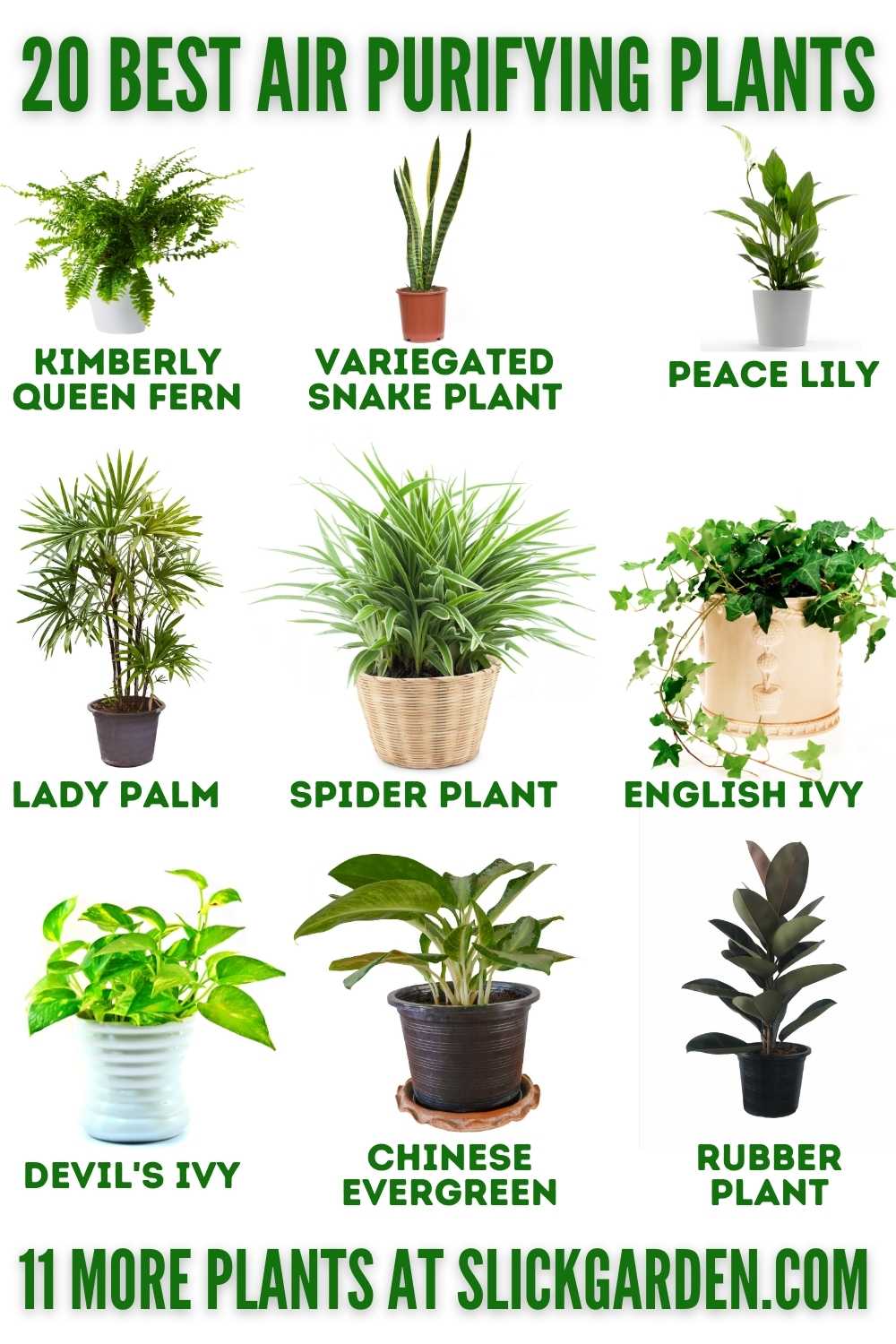Best Indoor Plants for Air Purification

Best Indoor Plants for Air Purification
Are you looking to spruce up your home while also improving your indoor air quality? Then you’re in the right place! Today, we’re diving into the world of best indoor plants for air purification. These natural air filters not only add a touch of greenery to your space but also help clean indoor air, making your home a healthier place to live.
Why Indoor Air Quality Matters
Indoor air quality is a big deal. According to the Environmental Protection Agency, indoor air can be up to five times more polluted than outdoor air. This is due to various factors like chemicals from cleaning products, furniture, and even the paint on your walls. So, how can you combat this? Enter air-purifying plants.
The Science Behind Air-Purifying Plants
You might be wondering, how do plants actually purify the air? It’s all about photosynthesis. Plants absorb carbon dioxide and release oxygen, but they also absorb other harmful toxins like formaldehyde, benzene, and trichloroethylene. A study by NASA, which you can check out here, found that certain houseplants can remove up to 87% of air toxins in just 24 hours. Pretty impressive, right?
Top Picks for Air-Purifying Plants
Snake Plant
The Snake Plant, also known as Mother-in-Law’s Tongue, is a superstar when it comes to air purification. It’s low-maintenance and can thrive in low light conditions, making it perfect for any room in your house. This plant is particularly good at removing formaldehyde, which is commonly found in cleaning products and furniture.
Spider Plant
The Spider Plant is another fantastic option. It’s easy to grow and can remove toxins like formaldehyde and xylene. Plus, it’s safe for pets, which is a big plus if you have furry friends running around.
Peace Lily
The Peace Lily is not only beautiful but also highly effective at removing ammonia, benzene, formaldehyde, and trichloroethylene. It’s a bit more high-maintenance than the Snake Plant or Spider Plant, but its air-purifying capabilities make it worth the effort.
Boston Fern
The Boston Fern is a natural humidifier and air purifier. It’s great at removing formaldehyde and xylene, but it does require a bit more care. This plant loves humidity, so it’s perfect for bathrooms or kitchens.
English Ivy
English Ivy is a climbing plant that’s excellent at removing formaldehyde. It’s also known for reducing airborne mold, making it a great choice for allergy sufferers. Just be careful if you have pets, as it can be toxic if ingested.
Caring for Your Air-Purifying Plants
Light Requirements
Different plants have different light requirements. Some, like the Snake Plant, can thrive in low light, while others, like the Boston Fern, need bright, indirect light. Make sure to do your research and place your plants accordingly.
Watering Needs
Overwatering is one of the most common mistakes when it comes to plant care. Most plants prefer to be watered when the top inch of soil is dry. Again, do your research to find out what your specific plant needs.
Humidity Levels
Some plants, like the Boston Fern, love humidity. If your home is on the dry side, you might need to mist your plants or place them on a tray of pebbles filled with water.
Soil and Fertilizer
Using the right soil and fertilizer is crucial for plant health. Most plants prefer well-draining soil and a balanced fertilizer. However, some plants have specific needs, so make sure to do your research.
The Benefits of Air-Purifying Plants
Improved Air Quality
The most obvious benefit of air-purifying plants is improved indoor air quality. By removing toxins and releasing oxygen, these plants can make your home a healthier place to live.
Reduced Allergies
Some plants, like English Ivy, can reduce airborne mold, which can help alleviate allergy symptoms.
Better Sleep
Plants like the Snake Plant release oxygen at night, which can help you sleep better. Plus, the calming effect of greenery can help you relax and drift off to sleep.
Enhanced Mood
Studies have shown that being around plants can improve your mood and reduce stress. So, not only are air-purifying plants good for your physical health, but they’re also good for your mental health.
Aesthetic Appeal
Let’s not forget about the aesthetic benefits of houseplants. They can add a touch of greenery to your space and make your home feel more inviting.
Conclusion
Investing in the best indoor plants for air purification is a win-win. You get to enjoy the beauty of nature indoors while also improving your indoor air quality. Whether you choose a low-maintenance Snake Plant or a more high-maintenance Peace Lily, you’re sure to reap the benefits of these natural air filters. So, what are you waiting for? Start greening up your space today!
FAQs
1. How many plants do I need to purify the air in my home?
The general rule of thumb is one plant per 100 square feet. However, the more plants you have, the better the air quality will be.
2. Are all plants safe for pets?
No, not all plants are safe for pets. Some plants, like English Ivy, can be toxic if ingested. Always do your research before bringing a new plant into your home.
3. Can plants really improve indoor air quality?
Yes, plants can improve indoor air quality. Studies, including the one by NASA, have shown that certain plants can remove toxins from the air.
4. What if I don’t have a green thumb?
Don’t worry, there are plenty of low-maintenance plants out there. The Snake Plant and Spider Plant are both great options for beginners.
5. Where should I place my air-purifying plants?
Place your plants in areas where you spend the most time, like the living room or bedroom. Also, consider the plant’s light and humidity needs when choosing a location.
0 Response to " Best Indoor Plants for Air Purification"
Post a Comment